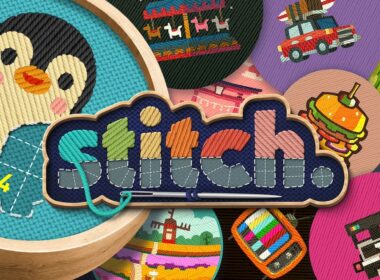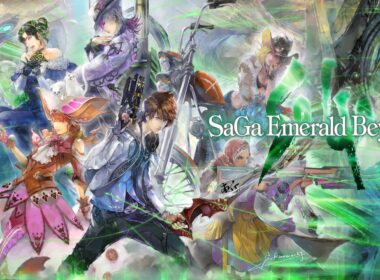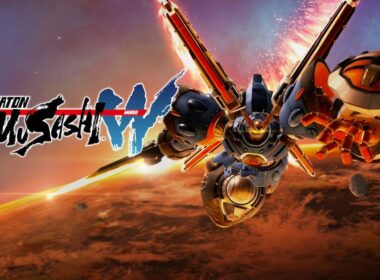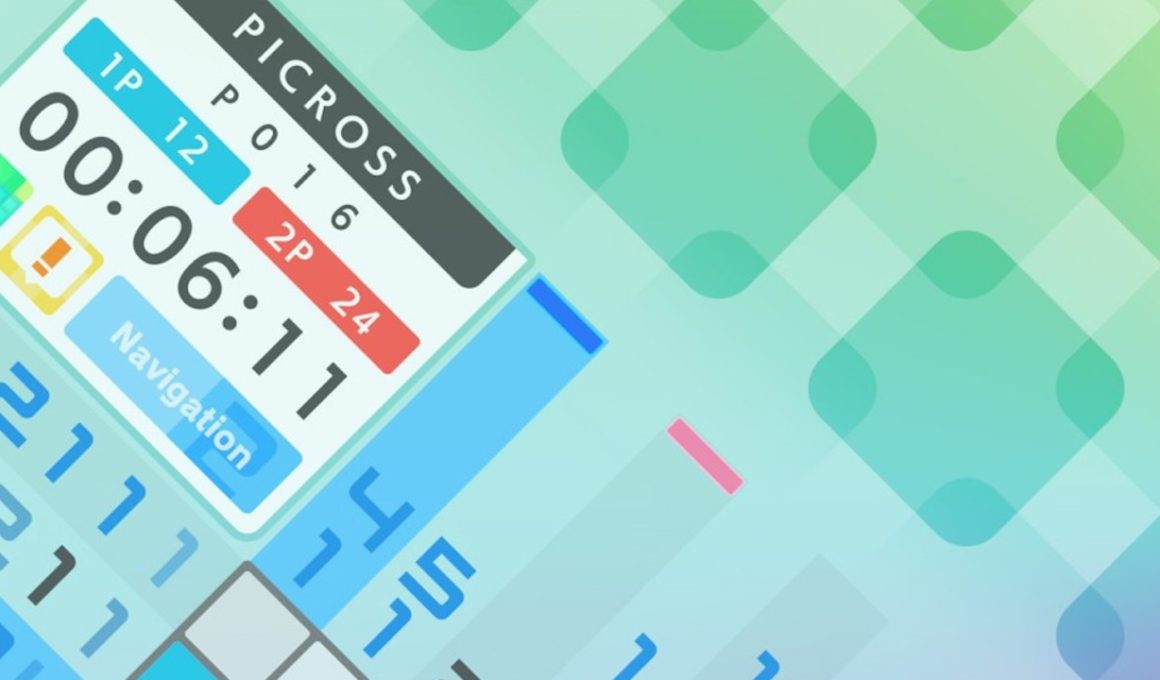As I’ve gotten myself more acquainted with Nintendo’s hybrid console these past six plus months, I’ve truly come to appreciate the freedom it offers. Whether it’s playing my games on a big HD television at home or picking things up on a short train journey, the Nintendo Switch has quickly become my console of choice. Of all the genres out there though none feel more at home on Switch than the simple puzzler with games like Puyo Puyo Tetris and World of Goo already setting a pretty high standard.
Picross S is a game I’d always hoped would make it to Switch, previous entries in the series on the 3DS as addictive as they were devious. After an assortment of mainline releases and Nintendo flavoured spin-offs over the years though, has solving these grid-based puzzles lost some of its addictive magic?
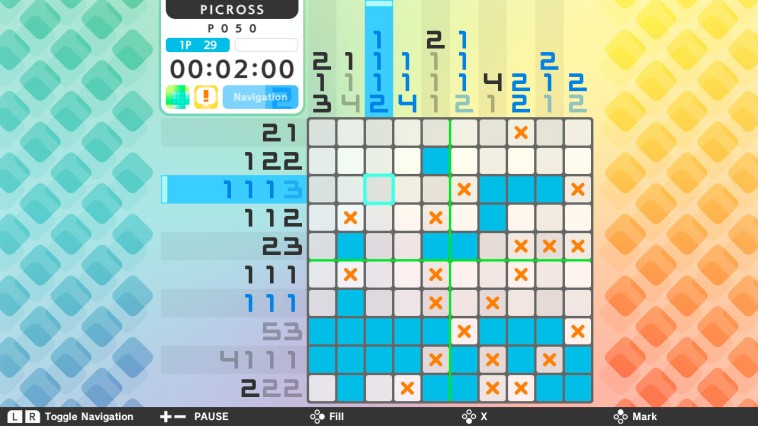
For those of you new to the world of Picross, boiled down it’s a logic-based puzzle game. Every puzzle takes the shape of a grid where you must deduce which squares within it need to be filled and which don’t based off information (in this case numbers) given for each line horizontally and vertically. For example if a 10×10 grid has the number ‘10’ on one of its lines then that means every square along this single line must be filled in. If it read ‘5’ and a ‘1’ then that would mean that five connected squares would need to be filled followed by a single unconnected square along that line in that order. Following this logic every puzzle becomes a gradual process – every line you update potentially affecting what can then be solved on another and so on until you reach a solution. A solution in this case being a pixelated image.
What Picross truly nails is the sense of satisfaction it offers you for completing its many puzzles. While I’m mainly talking about that feeling earned when filling in that final square, there’s also the reveal of the image you’ve ended up creating. Never before have I been so excited to see a pixelated teapot or iron form in front of my eyes. It’s these simple visual delights that give Picross an edge over other more vanilla puzzlers like Sudoku or a simple crossword.
Picross S starts off relatively easy with small grids posing as a nice introduction for newcomers. As you progress through the game’s 150 puzzles though they grow both in size and complexity. While you may find yourself breezing through the first page of puzzles in less than five minutes apiece rest assured you won’t be coasting for long. The game does offer a good selection of options to make things easier or more difficult on yourself be it autocorrect any mistakes you might make, highlighting lines that can be worked on and notifying you on lines that are complete.
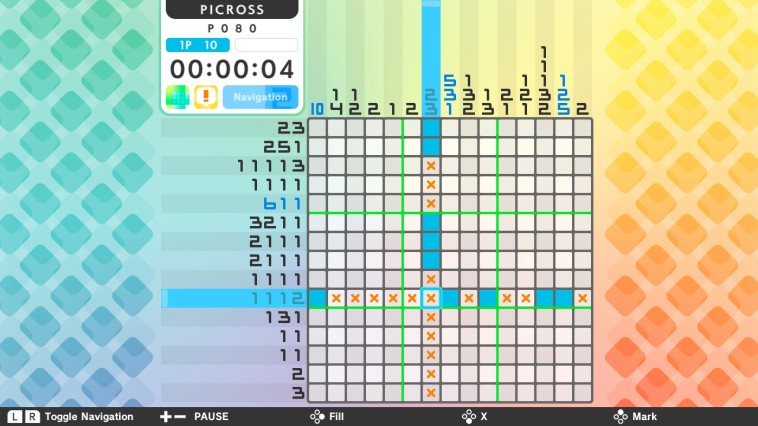
Also included for the first time in the series is two player co-op. Using two Joy-Cons you and a friend can work together in solving any of the game’s puzzles. It’s certainly a neat addition and a good way to share the experience however it’s implementation isn’t perfect. The squares you highlight vary in colour between players (one is red and the other blue) making things a little confusing on screen. The number of times I checked off a square incorrectly because I failed to count red boxes (being used to using only blue myself) were numerous. This aside multiplayer is still an interesting way to play.
Those looking for a tougher challenge can also try Mega Picross, an extension on the original mode with one key difference – now you have numbers relating to two adjacent lines instead of just the one. If you thought dealing with rules that applied to a single line was tough enough trying to get your head around the idea that a ‘5’ can now mean two on the lower horizontal line and three on the line directly above will make your brain melt. Personally I found the mode to be a little too complex for its own good bordering on frustration. The original Picross feels like it strikes the right balance of difficulty. What’s especially disappointing about Mega Picross though is that it uses the same images created in the regular mode. While the way you go about solving them is different it’s slightly deflating knowing the end result will be something you’ve already seen. It’s also a shame Jupiter decided not to bring back Micross, a cool mode that would have added a little something extra to the overall package.
Players may be disappointed to hear that the game doesn’t make any use of the Switch’s touchscreen instead relying purely on button controls. Sure there’s no way of using the touchscreen when playing any game docked but to ignore the option entirely even when in portable mode feels like a weird decision especially given the 3DS offered multiple control options. Still moving around the grid using the analogue is perfectly functional while being able to colour in a square or highlight it with a cross at the tap of a button works well too.
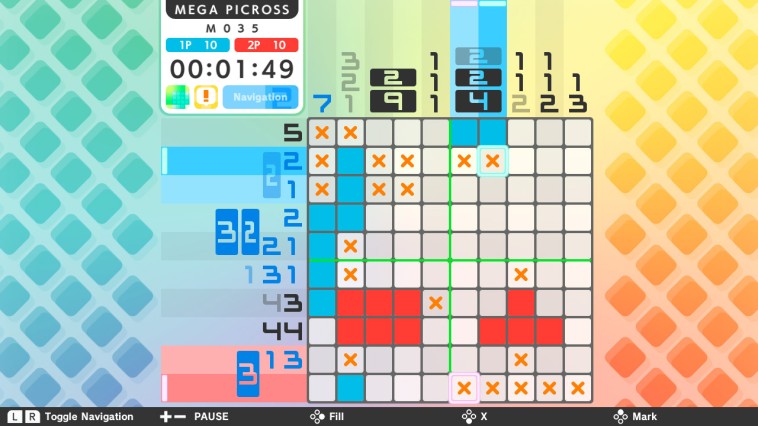
As difficult as it might seem to convey a strong sense of style with a puzzle game based around grids, Picross S manages to feel slick enough with load times instantaneous, menus basic but clean and a rather relaxing soundtrack. It’s just a shame there are only three songs available to listen to while playing.
I’ve seen my fair share of Picross games over the years and even with hundreds of solved puzzles already under my belt, playing Picross S felt just as addicting as it did when I first started. Despite a lack of touchscreen controls and some questionable features, Jupiter’s latest entry in the series should still satisfy puzzle solvers hungry to get their Picross fix on Switch.
Version Tested: Nintendo Switch
Review copy provided by Jupiter

